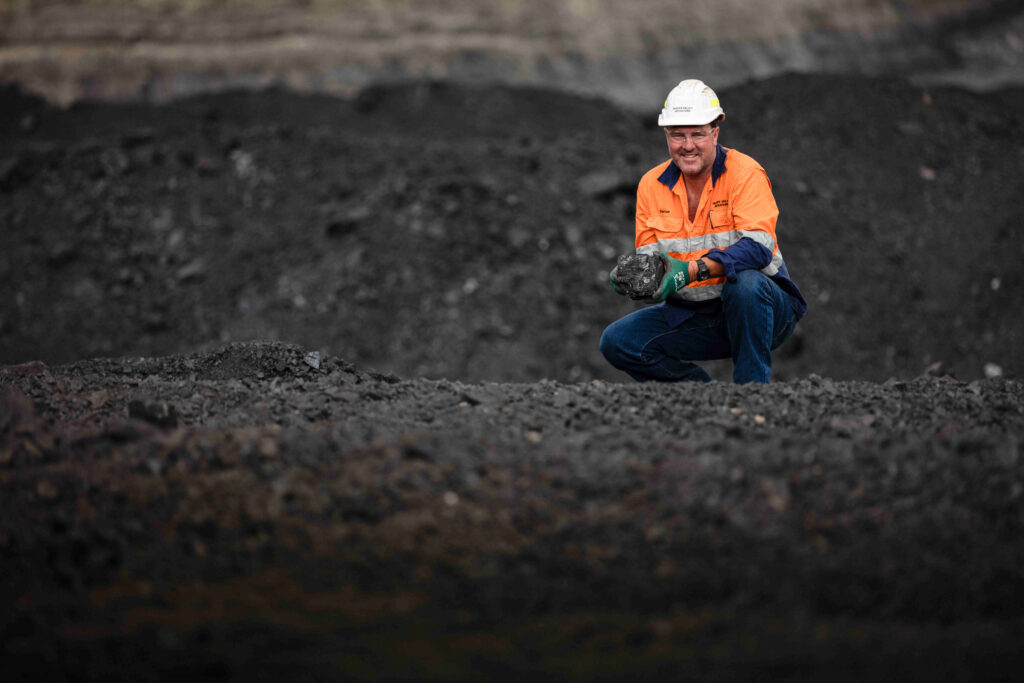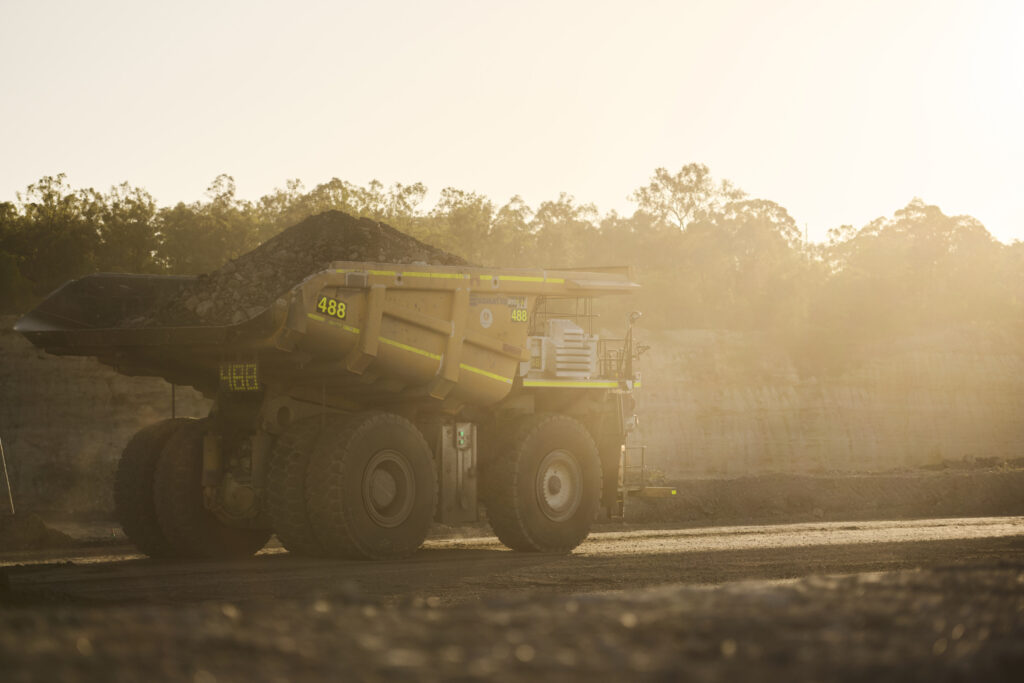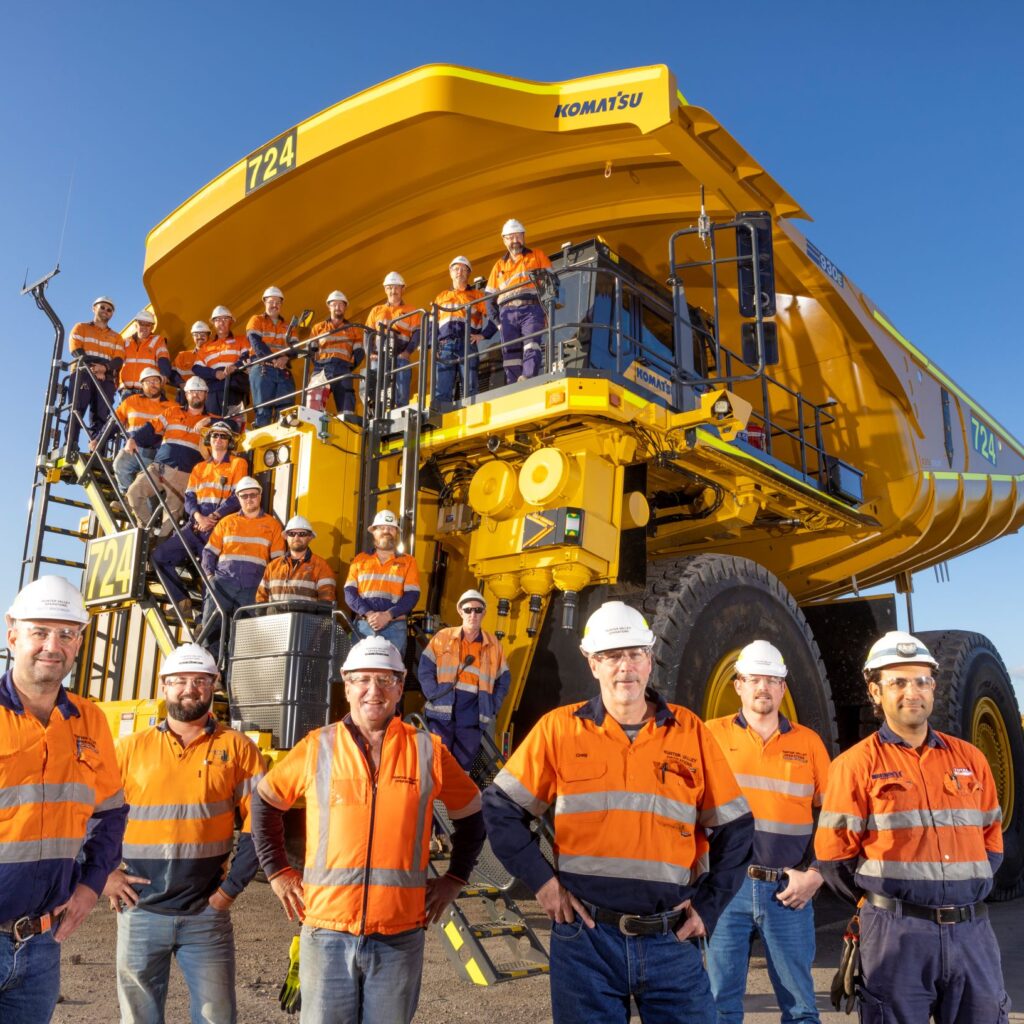Continuation Project
The HVO Continuation Project will support local jobs, the local economy and community by extending the life of Hunter Valley Operations up to 2045.
Current update
Hunter Valley Operations (HVO) is continuing to progress its proposed HVO Continuation Project.
In August 2025, HVO submitted its Continuation Project Amendment Report to the Department of Planning, Housing and Infrastructure. HVO is seeking the relevant approvals, at both a State and Federal level, for the amended project.
The amended project has been prepared in response to NSW Government request for more information and reflects significant changes to the proposed mine plan largely centered around reducing greenhouse gas emissions.
The HVOCP Amendment Report is currently on public exhibition.
Have your say before September 25.
We‘re proposing to extend the life of HVO North Mine from 2026 until 2045 and HVO South Mine from 2030 until 2042.


Community Involvement every step of the way
THERE IS A NSW STATE GOVERNMENT AND AUSTRALIAN FEDERAL GOVERNMENT PROCESS TO APPROVAL
NSW Government
We reviewed and responded to all the EIS submissions in a Submissions Report sent to the NSW Government in November 2023. In response to the submissions we made some changes to our proposal including altering the route of Lemington Road to further avoid impacts on native vegetation and cultural heritage items. The changes are documented in the Amendment Report sent to the NSW Government in November 2023.
The NSW Department of Planning and other agencies continue to assess our report. They have requested more detailed information on several occasions. We are currently preparing more detailed information for their latest request.
Australian Federal
Government
Government
The Federal Government will independently assess the Project in accordance with the Environment Protection and Biodiversity Conservation Act 1999. We have temporarily withdrawn our request for assessment until we prepare and consider the more detailed information requested by the NSW Government and any impacts on the Federal assessment.
Key Facts
This is not a new mine. Coal has been mined onsite for more than 70 years.
Our high-quality coal is in demand by other countries to meet short to medium term energy needs.
There’ll be little change to the scale or intensity of mining and no increase to approved annual production rates.
In 2024, HVO’s direct economic contribution was more than $1 billion.
Continuation Project Background
We’re proposing to extend the life of HVO North Mine from 2026 until 2045 and HVO South Mine from 2030 until 2042. We have carefully designed and refined the proposal based on ongoing consultation with Government agencies, local residents and community groups.
There will be little change to the scale or intensity of mining and no increase to approved annual production rates. At HVO North an additional area between our West and Carrington pits will be mined but we will largely be mining deeper seams in existing mining areas.
At HVO South, the annual extraction rate will reduce, and some areas approved for mining will remain undisturbed.
We will relocate some electricity and telecommunication infrastructure and upgrade and extend some mine processing and train loading facilities to continue mining efficiently and responsibly.
Another benefit of our proposal is a new realigned Lemington Road and a new bridge over the Hunter River to replace the flood prone Moses Crossing. This will give road users safer and faster travel times in wet weather.
Benefits
Continuing mining at our existing site brings many benefits to local people, businesses, charities and the community.
1500 ongoing jobs + 600 temporary jobs.
Safer, time saving, road and new bridge.
Continued support for businesses.
Improved final rehabilitation.
Continued Govt royalties and taxes.
Improved water management.
Continued charity and community support.
Final voids ↓ from 4 to 2
HVO provides a significant social and economic anchor to the Upper Hunter and benefits the NSW economy. In 2024, HVO’s direct economic contribution was more than $1 billion.
Ongoing employment opportunities for around 1500 people plus 600 temporary construction jobs during infrastructure upgrades.
A realignment of Lemington Road and a new bridge to replace the flood prone Moses Crossing will give road users a faster, safer and more reliable route in wet weather.
Continued benefit to businesses from HVO buying goods and services. HVO works with about 800 suppliers.
The latest design principles will be applied to improve the final landform to provide a more natural result.
Continued support for communities and infrastructure through taxes, royalties, and other government payments that help build schools, roads and hospitals.
Improved water management infrastructure with upgrades to Parnells Dam, Lake James, and new flood protection levees and clean water drainage systems.
Continued community support through HVO community grants, sponsorships and charity funding.
Latest News on Continuation Project
Frequently Asked
Questions
What is proposed?
Hunter Valley Operations (HVO) is seeking approval to extend the life of its two Hunter Valley mines – HVO North and HVO South – to continue to produce high quality thermal coal and metallurgical coal that is in demand on world markets.
Under the proposal, HVO North will continue to 2045 and HVO South to 2042. There will be little change to the scale or intensity of mining and no increase to approved annual production rates.
How will HVO’s continuation benefit local people and the region?
HVO’s direct economic contribution in 2024 was $1.7 billion. By continuing mining HVO will be able to:
- provide around 1500 ongoing local employment opportunities and 600 temporary jobs while upgrading infrastructure
- support suppliers and businesses – HVO spends around $1.2 billion annually with more than 800 suppliers, many of them local
- support community groups and charities through its community grants, charity partnerships and fundraising, workplace giving and sponsorship programs
- support governments to provide hospitals, schools, roads and other community infrastructure through taxes and royalties.
When do the current approvals run out?
HVO North is approved to operate until the end of 2026. HVO South is approved to operate until 2030.
How can you extend the mine’s life without expanding mining areas?
At HVO North an additional area between our West and Carrington pits will be mined but we will largely be mining deeper seams in existing mining areas. At HVO South, the annual extraction rate will reduce, and some areas approved for mining will remain undisturbed.
Are you increasing the annual amount of coal extracted beyond what is currently approved?
No. The annual production rate will not increase above current approved rates.
We are proposing a limit to the maximum annual production for the HVO Complex of 26 Mtpa, reduced from the current theoretical maximum production of 42 Mtpa (or 35 Mtpa with the proposed production limit for HVO South).
How does HVO mine coal currently? Will this change?
HVO’s open cut mines produce high quality thermal coal and metallurgical coal predominately using truck and shovel mining methods. Coal is processed at onsite coal preparations plant, and generally transported via rail to the Port of Newcastle.
There will be no real change to the way we undertake mining aside from continual improvements to efficiency and minimising community and environmental impacts.
What infrastructure will be upgraded? Why is this needed?
To continue to operate with increased efficiency, we will need to upgrade some existing mine infrastructure areas, coal preparations plant and rail load out facilities. We propose to realign a section of Lemington Road along with some power and telecommunication lines.
Who approves the project and when will the decision be made?
The Project will be assessed by the NSW and Federal governments. The timing of a decision rests with those government processes. After the public exhibition of the EIS, the governments will use community and government agency feedback to decide whether to approve the Project. The NSW Department of Planning and Environment will refer the Project to the Independent Planning Commission for determination.
Have you consulted the community on this proposal already and what are people saying – does the project have support?
We have consulted the community and agencies extensively over several years during scoping, design and the preparation of the EIS and Amendment. We are thankful for their feedback which has been incorporated into the final design and impact minimisation plans.
The HVOCP Amendment Report is on public exhibition from September 5 until September 25. Have your say on the NSW Major Projects website.
During our last exhibition period we received 1066 submissions, of which 91% were in support.
How can the community have a further say on this project?
The Government will look at feedback from the community when deciding whether to approve our proposal. We encourage people to make a submission, including if they support the proposal.
Further opportunity for input will be available as the Project is referred to the Independent Planning Commission. The project will also require assessment and community input in relation to the EPBC act approval.
Who has done your studies and are they independent?
Independent consultancy firm EMM coordinated environmental and technical studies, and development of the EIS. EMM is highly experienced in this type of work.
The studies have looked at impacts, including cumulative impacts, on a range of issues including noise, air quality, water, biodiversity, heritage, traffic, and visual amenity. The studies are detailed in the EIS and Amendment Report.


